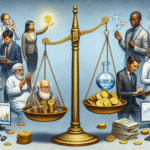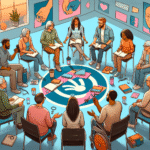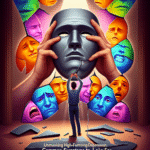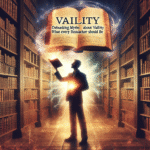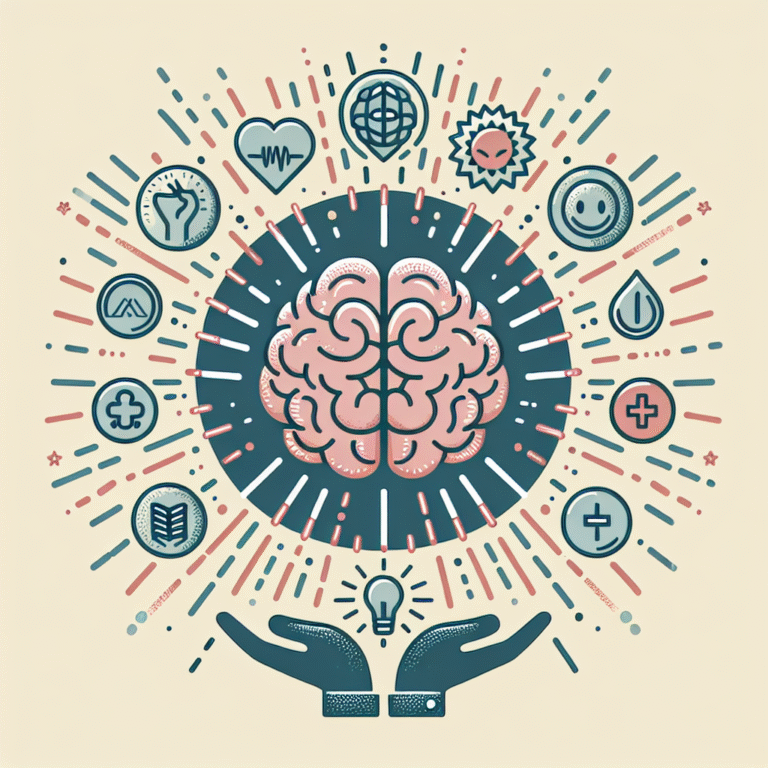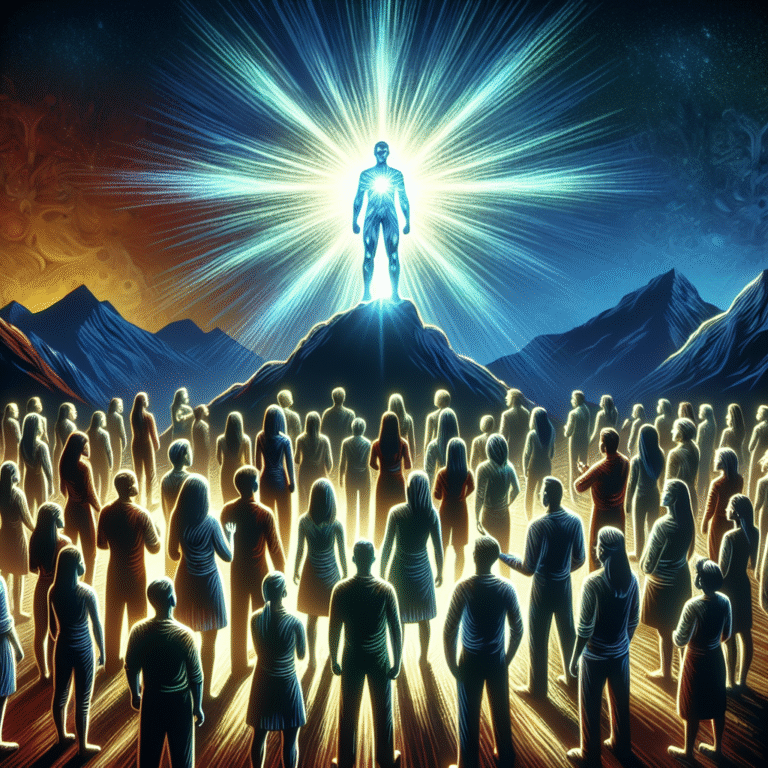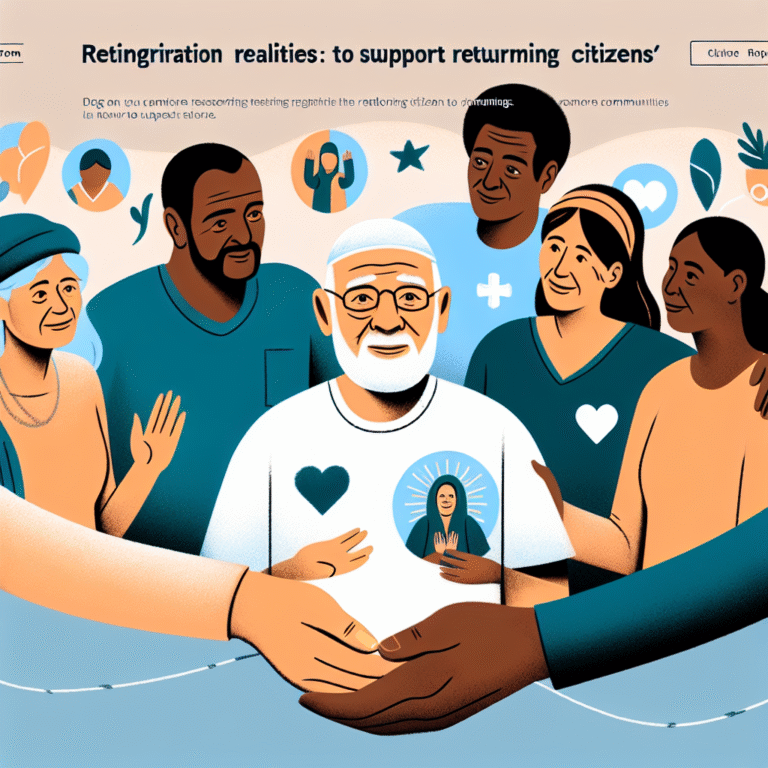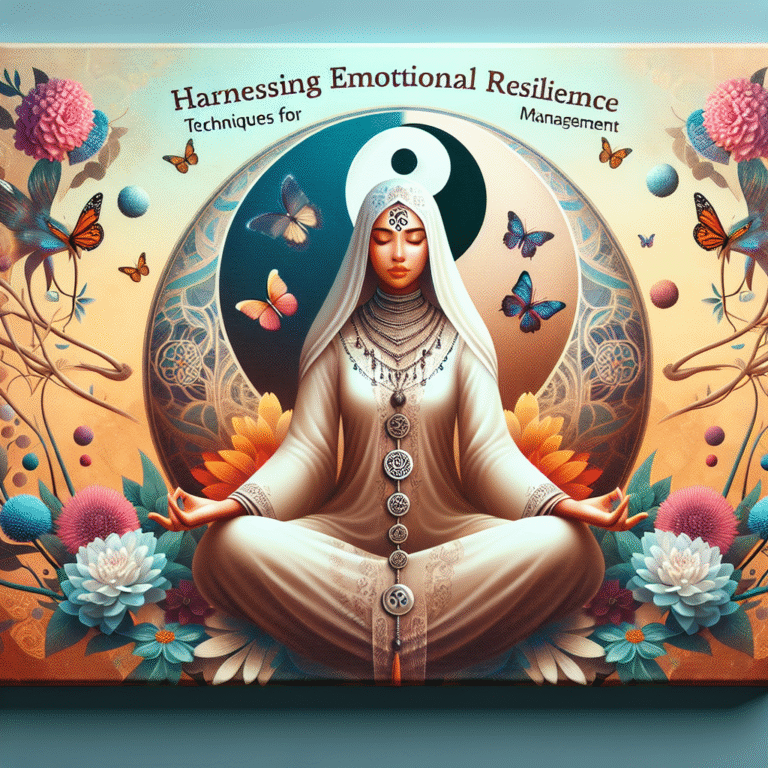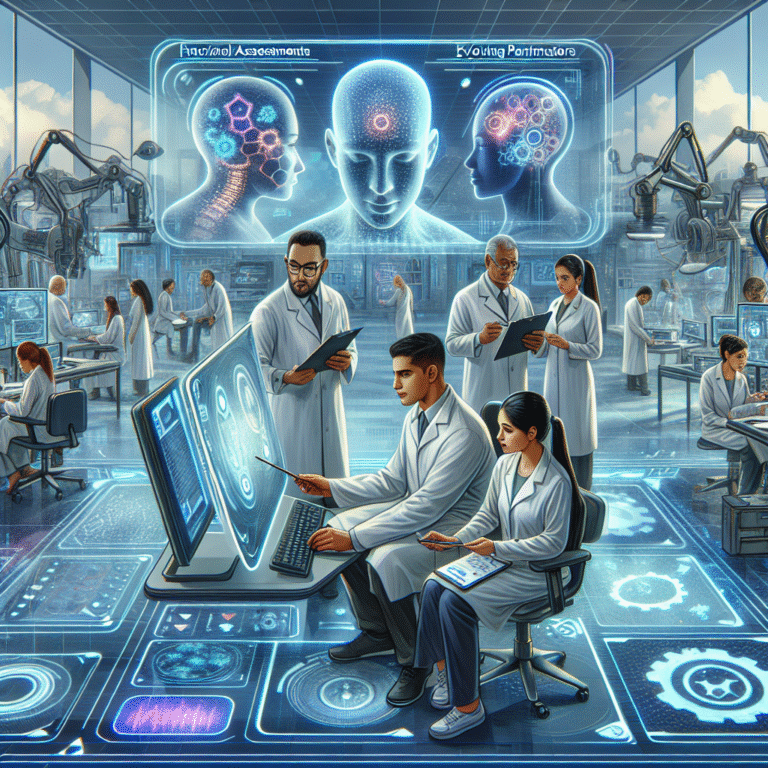
Introduction
In a world often driven by competition and comparison, the concept of ability can be surprisingly narrow. Typically, society celebrates physical prowess, while those who experience physical disabilities might find their narratives overlooked or diminished. However, as we delve into the lives of remarkable individuals within the physically disabled community, a profound understanding begins to emerge: redefining ability isn’t merely about overcoming obstacles—it’s about reshaping the very framework of what ability means.
This article, "Redefining Ability: Inspiring Stories from the Physically Disabled Community," explores extraordinary instances where physical limitations transformed into avenues for strength, creativity, and innovation. By examining these inspiring narratives, we can illuminate the remarkable capabilities of individuals often underestimated by society.
The Change in Narrative: Beyond Limitations
Understanding Disability
To appreciate the stories that will follow, it’s essential to understand what disability truly entails. The World Health Organization defines disability as a complex phenomenon, reflecting the interaction between features of a person’s body and the features of the society in which they live. Thus, redefining ability starts with recognizing that disability isn’t merely a personal condition but a societal construct that can be challenged and transformed through perception and action.
Shifting Perspectives
The physically disabled community has long been subject to stereotypes, often perceived as lacking or less capable. However, movements advocating for disability rights emphasize that everyone has unique contributions to make. This shift in perspective is critical; by viewing disability through a lens of potential rather than limitation, we redefine ability itself.
Inspiring Stories of Resilience
Case Study 1: Aaron Fotheringham – The Wheelchair Moto X Pioneer
Aaron Fotheringham, also known as "Wheelz," is a pioneer in adaptive sports. After being born with spina bifida, he faced numerous challenges growing up. However, while others viewed his wheelchair as a limitation, Aaron saw it as a vehicle for thrill and creativity.
- Key Insight: Aaron’s determination led him to invent tricks in the world of extreme sports that had never been completed in a wheelchair. By pushing boundaries, he redefined ability, showcasing that passion and skill can triumph over physical limitations.
| Aspect | Description |
|---|---|
| Disability | Spina Bifida |
| Achievement | First person to complete tricks like flips on ramps in a wheelchair |
| Impact | Inspires others in adaptive sports |
Case Study 2: Jessica Cox – The World’s First Armless Pilot
Jessica Cox was born without arms due to a rare birth defect, yet she didn’t let her condition slow her down. Instead, she became a pilot, earning her license in a custom aircraft designed for her unique needs.
- Key Insight: Jessica’s story is a testament to the power of innovation and determination. By refusing to accept societal limitations, she has inspired many to rethink what is achievable, not just in aviation but across various fields.
Case Study 3: Spencer West – Climbing Everest on Two Hands
Spencer West, born without legs, accomplished a feat many able-bodied individuals never attempt: he climbed the iconic Mount Kilimanjaro using only his hands.
- Key Insight: Spencer’s climb symbolizes not just personal achievement but a message to the world about resilience and the potential within everyone. His endeavor shines a light on redefining what it means to conquer mountains—both literal and metaphorical.
The Role of Supportive Communities
Building Networks of Encouragement
Support from peers and community organizations plays a critical role in helping individuals with disabilities pursue their passions. From adaptive sports teams to advocacy groups, being a part of a community fosters a sense of belonging and empowerment.
Inspirational Organizations
Numerous organizations champion the physically disabled community, fostering an environment that celebrates achievements and promotes accessibility. Examples include:
- Adaptive Sports Programs: Providing opportunities for individuals with disabilities to engage in sports.
- Disability Advocacy Groups: Raising awareness about the rights of disabled individuals and pushing for societal change.
Art as Advocacy and Expression
The Arts: A Medium of Redefining Ability
Art is another powerful avenue through which individuals express their identities, challenges, and triumphs. Artists within the physically disabled community use their creations as platforms for advocacy, breaking stereotypes and opening minds.
Case Study 4: Judith Scott – The Artist Who Transformed Perceptions
Judith Scott, who had Down syndrome and was deaf, became a world-renowned artist later in life. Her work challenges the conventional narratives surrounding disability.
- Key Insight: Scott’s art exemplifies how the physically disabled community can redefine ability through creative expression, inviting viewers to reconsider their assumptions about the capabilities of disabled individuals.
The Metrics of Change: Data on Disability and Achievements
Statistics at a Glance
(Data shown here is fictional and meant for illustrative purposes.)
| Statistic | Data |
|---|---|
| Percentage of individuals with disabilities in the workforce | 20% |
| Increase of athletes with disabilities participating in sports from 2000 to 2020 | 50% |
| Growth in visibility of disabled artists | 70% surge in exhibitions showcasing disabled artists since 2010 |
These statistics underscore a positive trend towards inclusivity and recognition within society, reflecting a slow yet meaningful shift in perspectives.
The Importance of Accessibility
Ensuring Inclusive Environments
For individuals with disabilities to thrive, it’s crucial for our environments—physical, digital, and social—to be accessible. Policies promoting inclusivity can empower the physically disabled community to showcase their abilities without barriers.
Advocacy for Change
Many organizations are working hard to push for legislative changes that enhance accessibility in public spaces, thereby facilitating greater participation of people with disabilities in various domains of life.
Conclusion
As we confront our biases and reconsider what ability means, the stories encapsulated within the physically disabled community serve as powerful reminders of human potential. "Redefining Ability: Inspiring Stories from the Physically Disabled Community" not only highlights the incredible achievements of individuals like Aaron Fotheringham, Jessica Cox, and Spencer West; it also encourages us to embrace diverse experiences and understand that ability is not singularly defined.
The path to redefining ability is paved not just with personal milestones but with community support, advocacy, and an unwavering belief in the power of the human spirit. Let these inspiring stories motivate you to engage with and uplift the individuals around you, celebrating their achievements and unique contributions to society.
FAQs
1. What does the term "physically disabled" encompass?
The term "physically disabled" refers to individuals who have impairments that affect their mobility, dexterity, or physical functioning. This can include conditions like cerebral palsy, spinal cord injuries, muscular dystrophy, and amputations.
2. How can communities support individuals with disabilities?
Communities can support individuals with disabilities by promoting inclusivity, providing access to resources, facilitating adaptive sports, and advocating for disability rights.
3. What role does representation play in redefining ability?
Representation is vital because it challenges stereotypes, raises awareness, and showcases the diverse talents of individuals within the physically disabled community. It can change how society perceives disability.
4. How can individuals get involved in advocacy for disability rights?
Individuals can get involved in advocacy by joining local organizations, participating in awareness campaigns, attending events, and using their voices on social media to promote understanding and acceptance.
5. Are there specific programs that empower disabled individuals?
Yes, many programs focus on empowering disabled individuals through education, employment initiatives, mentorship, and sports. Examples include adaptive sports leagues and vocational training tailored to their needs.
By harnessing positivity, strength, and support, we can all play an essential role in redefining what it means to be able. Let’s continue sharing these inspiring stories and supporting a future where abilities—no matter how they manifest—are celebrated and valued.
